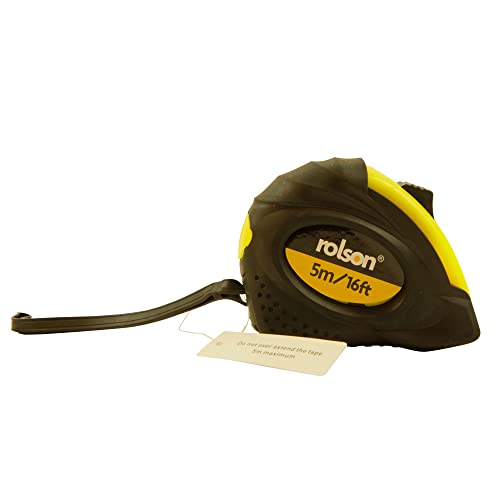Introduction
A tape measure is a common and versatile tool used for measuring distances with great accuracy. Whether you’re a professional builder, carpenter, or simply someone working on a DIY project at home, understanding how tape measures accurately measure distances is important. In this article, we’ll explore the inner workings of tape measures and how they ensure accurate measurements.
The anatomy of a tape measure
Before we dive into the accuracy of tape measures, let’s first understand their basic structure. A typical tape measure consists of a long, flexible metal strip marked with measurements, attached to a winding mechanism housed in a plastic or metal case. The metal strip is usually made of steel or fiberglass, which allows it to maintain its shape and durability over time.
The tape measure is divided into increments, commonly in inches and feet or centimeters and meters. These increments are marked in a sequential pattern along the length of the metal strip, allowing for easy and precise measurement.
How tape measures ensure accuracy
1. Tape lock mechanism: One key feature that ensures accurate measurements is the tape lock mechanism. This mechanism allows the tape to stay in position once extended, preventing any movement that could introduce errors in the measurement. When the tape lock is engaged, it keeps the tape in place until manually released.
2. End hook: The end hook is another important component that contributes to accuracy. It is attached to the end of the tape and features a small metal hook that latches onto the edge of the object being measured. The end hook is slightly loose, allowing for compensation when it presses against a surface, ensuring the measurement accounts for its thickness.
3. Clear markings: The precision and clarity of the markings on the tape strip are essential for accurate measurements. Manufacturers utilize various methods to ensure clear and precise markings, such as laser etching, solvent-based printing, or even embedding microchips for digital readouts. These markings are carefully aligned and spaced to provide easy and accurate readings.
Calibration and quality control
For tape measures to consistently provide accurate measurements, they need to be properly calibrated and undergo rigorous quality control measures. Manufacturers typically perform calibration during the production process to ensure that the measurements on the tape are aligned with a known standard.
Additionally, quality control processes are in place to check for any defects or deviations from the intended measurements. This may include testing the tape against a calibrated reference, checking for any irregularities in markings, and inspecting the functionality of the tape lock mechanism.
Regular maintenance, such as cleaning and lubrication, is also important to ensure the tape measure functions smoothly and accurately over time.
Factors affecting accuracy
While tape measures are designed to be accurate, there are certain factors that can affect their precision:
1. Environmental conditions: Extreme temperatures, humidity, and even gravity can influence the accuracy of tape measures. Therefore, it’s essential to take into account the working conditions and consider any potential influences on the measurements.
2. Worn-out components: Over time, the end hook, tape lock mechanism, and even the markings on the tape can wear out or become less reliable. Regular replacement of worn-out parts or the entire tape measure may be necessary to maintain accuracy.
3. User error: The accuracy of a tape measure ultimately relies on the user’s skill in handling the tool correctly. Incorrect alignment, improper use of the tape lock, or accidentally bending the tape can introduce errors in the measurements. Proper training and practice can help minimize user errors and improve accuracy.
By understanding the components and mechanisms that contribute to the accuracy of tape measures, you can confidently rely on these essential tools for precise measurements in your projects. Remember to choose a reliable and reputable manufacturer when purchasing a tape measure to ensure you’re getting a high-quality and accurate tool.






